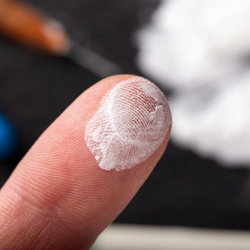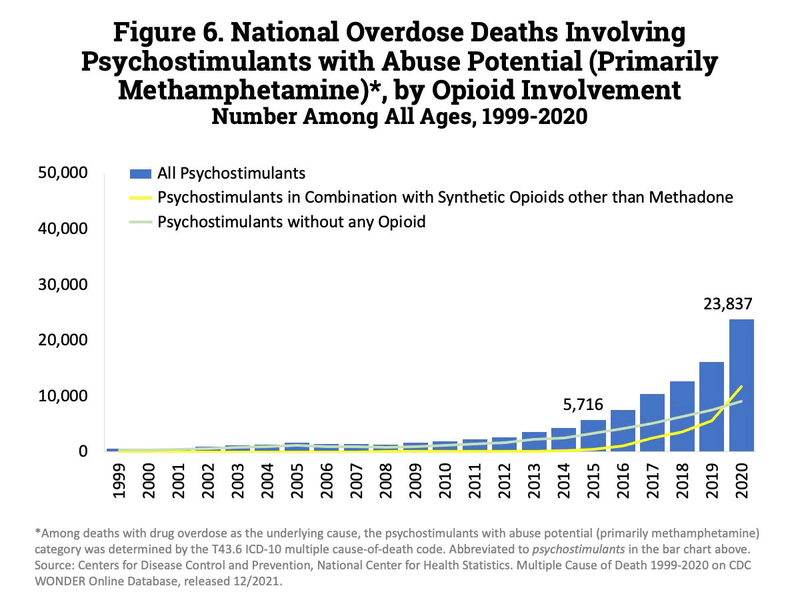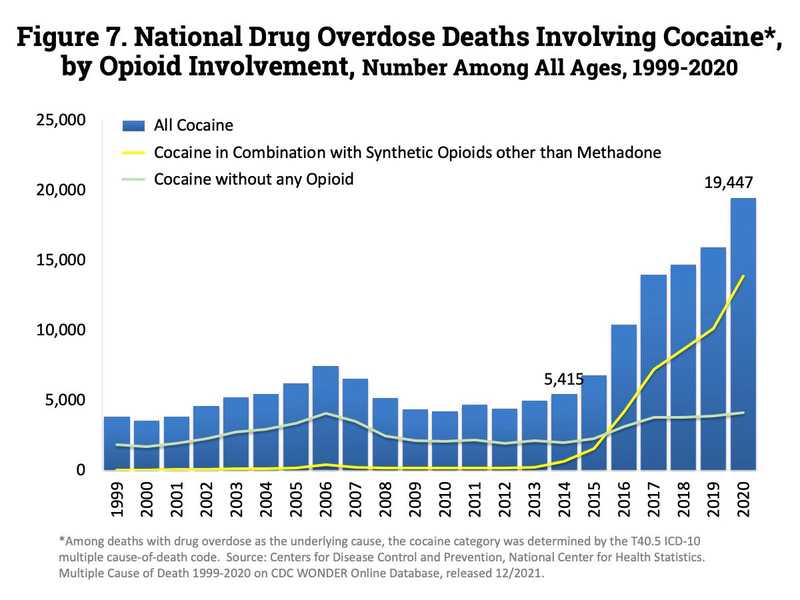The Dangerous Effects of Speedballing
Mixing a stimulant with an opioid has a dangerous effect on the body and produces and an extremely intoxicating effect on the body.

One of the increasingly popular trends among young people who experiment with drugs is to use stimulants and opioids at the same time. This is done both intentionally and unintentionally. Unfortunately, even when the user is intentionally experimenting with such a mixture, consuming stimulants and opioids together is extremely dangerous due to the potent effects of the combined drugs. Further, thousands of people inadvertently die each year from using stimulants (such as cocaine or meth) that have been mixed with extremely potent synthetic opioids without the user ever knowing.
Speedballing Defined
A “speedball” is a mind-altering combination of an opioid with a stimulant. Speedballs can be consumed in numerous ways, including via intravenous injection, as in the case of injecting cocaine and heroin dissolved in water.
Common stimulants used in speedballing include cocaine, meth, and prescription stimulants (Dexedrine, Adderall, Ritalin, and Concerta). Common opioids used in speedballing include heroin, prescription opioids, and synthetic opioids like fentanyl.
Historically, most speedballing trends have included mixes of heroin and meth or heroin and cocaine. Such activities have almost always been done intentionally by users who are chasing a very powerful and unpredictable high. Opioids are depressant drugs, whereas meth and cocaine are stimulants. The drugs contrast in how they affect the body. When consumed together, they can cause unpredictable, and potentially lethal, consequences.
Speedballing produces a “push-pull” effect on the body and brain. Users feel an intense rush, coupled with a sense of calm. The opioid side of the speedball contributes to users feeling very tired and relaxed, but the stimulant side of the speedball produces a boost of energy and agitation. The opioid takes the paranoia edge off the burst of energy created by the stimulant, while the stimulant takes the drowsy aspect out of the sense of calm euphoria created by the opioid.
Overall, a speedball high is an extremely unpredictable, dangerous high. Addicts have no way of knowing how their body will respond to polar opposite drugs affecting their system at the same time.
Why Stimulants Mixed with Opioids Are Particularly Dangerous Today

As if traditional speedballing trends were not dangerous enough, a new trend has emerged in recent years, that of mixing fentanyl with stimulant drugs. Fentanyl is an extremely potent opioid, ten times more potent than heroin and 50 to 100 times more potent than morphine.
The presence of fentanyl in batches of stimulant drugs is not always known by the addict. Fentanyl powder cannot be detected in powdered cocaine (or meth) just by looking at it, so unless the user is told there is fentanyl in the drug that he or she is buying, they will not know it’s there. This factor raises the risk to the user dramatically.
A Rise in Meth and Cocaine-Related Deaths, With and Without Opioids
In 2021, more than 107,000 Americans died from drug overdoses,1 the highest ever recorded and an increase of 15% over the 2020 death toll. While opioids were the leading cause of drug-related death, overdoses involving stimulants like cocaine and meth also surged.
Some of the surges in stimulant-related deaths were caused by stimulant overdoses alone. But not all of them. In fact, most stimulant-related overdose deaths were attributed to stimulants and opioids. This means opioids are being added into batches of cocaine, meth, and other stimulants, and it’s killing addicts.
The National Institute on Drug Abuse keeps close records of overdose rates for various drugs, including incidences when a user overdoses on more than one drug at once. According to their data,2 since 2019, the number of fatal overdoses involving stimulants and opioids surpassed the number of fatal overdoses involving just stimulants alone.
NIDA separates cocaine-related deaths from other stimulant overdose fatalities. And as with stimulants as a whole, NIDA also records how many overdoses involve just cocaine and how many overdoses involve cocaine and an opioid. According to NIDA research, since 2015, fatal overdoses involving cocaine and an opioid have skyrocketed and now account for almost four times the number of fatal overdoses that involve cocaine alone.

Source: NIDA.NIH.GOV

Source: NIDA.NIH.GOV
A Need for Treatment
The public has every right to be perplexed by skyrocketing stimulant overdose deaths. Cocaine and meth have been misused for decades and, while dangerous, have not historically been associated with high rates of fatal overdoses. One expert laid out a concise answer that seems to explain the surge in stimulant deaths.
In May of 2022, Dr. Nora Volkow, director of the National Institute on Drug Abuse, was brought on the PBS News Hour to explain to viewers why stimulant drug overdoses have been skyrocketing. According to Dr. Volkow,3 the encroachment of opioids into the “stimulant drug use scene” has been the primary culprit in skyrocketing deaths. In her own words, “Fentanyl is being used not just to be sold by itself, but very frequently sold to contaminate heroin or, more recently, to contaminate cocaine and contaminate methamphetamine, and, even more recently, to contaminate illicitly manufactured prescription drugs. And because fentanyl is so potent, it increases the risk of overdose significantly.” She went on to say that, “We haven’t, per se, seen a very significant increase in the number of people that are using cocaine, but we have seen a very dramatic increase in people that are dying from the use of cocaine, and similarly for methamphetamine. This means that the drugs cocaine and methamphetamine that these people are purchasing are actually much more lethal. And this is driven by the fact that they are frequently contaminated with fentanyl.” The consumption of opioids and stimulants simultaneously, whether intentionally or not, has contributed to the surge in drug-related deaths.
Drug addiction is not something that goes away on its own, and it’s not something that most addicts can overcome on their own. And though substance abuse is a life or death crisis, there is always hope. Drug and alcohol rehab centers offer a way out, a rescue ladder up from the dwindling spiral of addiction.
If you know someone who is misusing drugs and alcohol and who cannot stop, please contact a drug and alcohol rehab center today. Please do not wait until it is too late to get your loved one help.
Sources:






 ®
®